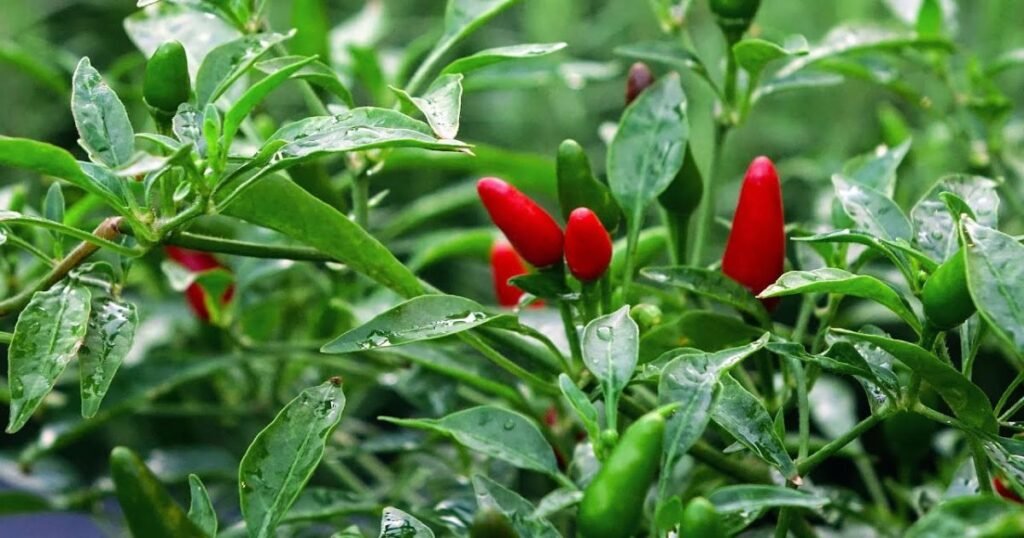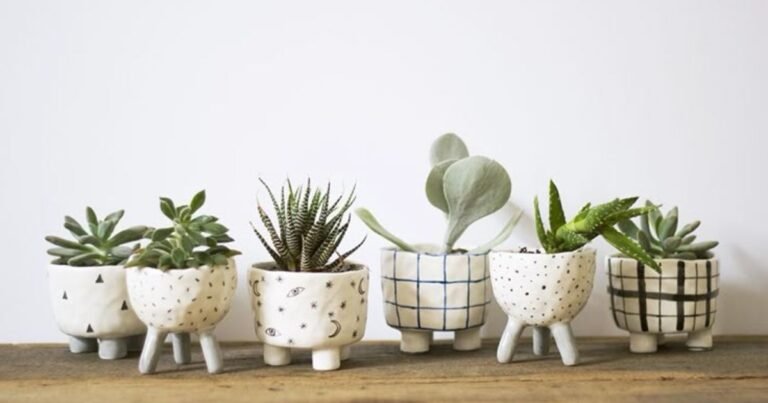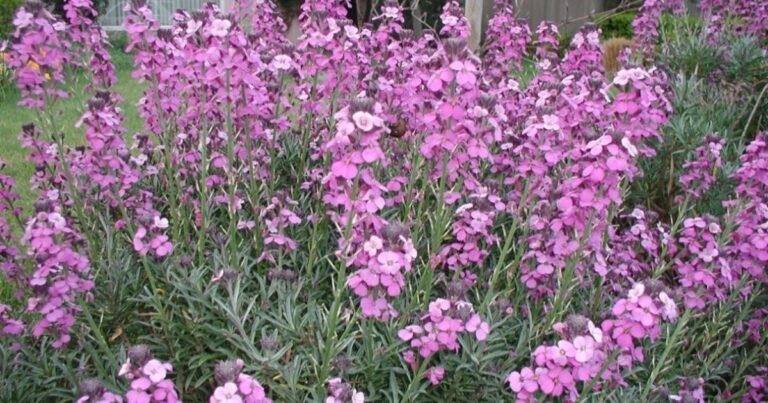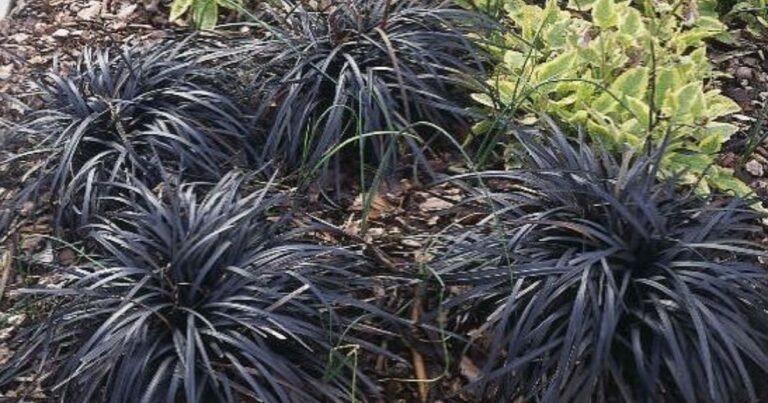
The Bird’s Eye Pepper Plant thrives in warmth and full sun
If you’ve ever bitten into a fiery pepper and felt your face flush, there’s a good chance it was a Bird’s Eye Pepper Plant behind it. Known for its intense heat and compact size, this plant is both admired and feared in the garden world. But for beginners? It’s often misunderstood and mishandled.So what makes this tiny chili a powerful punch in the gardening and culinary worlds? Let’s break it down.
What Makes the Bird’s Eye Pepper Plant So Special?
The Bird’s Eye Pepper Plant isn’t just another chili. It’s a staple in Southeast Asian dishes, West African cuisine, and Caribbean spice blends. With a Scoville rating ranging from 50,000 to 100,000, it outpaces jalapeños by a long shot.
But beyond the heat, it’s the resilience, compact growth, and versatility in the kitchen that sets this plant apart from your average spicy garden plants.
What Beginner Gardeners Get Wrong About Bird’s Eye Peppers?
One common mistake? Treating the Bird’s Eye Pepper Plant like a sweet bell pepper. It’s not. This plant thrives in warm, well-drained soil, and hates being overwatered. If your pepper leaves are turning yellow or dropping prematurely, you’re not alone. Many new gardeners struggle with this.As a psychologist might say: this plant has boundaries. Respect its needs, and it will reward you.
How to Grow a Bird’s Eye Pepper Plant Without Losing Your Mind?
Choose the Right Spot
Full sun. No exceptions. Your Bird’s Eye Pepper Plant needs 6–8 hours of sunlight a day to thrive.
Soil Matters
Forget poor, soggy soil. Use a rich, well-drained mix. If it doesn’t drain properly, root rot is almost guaranteed.
Watering Routine
Water deeply, but infrequently. Let the topsoil dry out between waterings. This mimics the tropical conditions it loves.
Start Indoors, Then Move
Start seeds indoors 6–8 weeks before the last frost. Transplant once outdoor temps consistently stay above 65°F (18°C).
Caring for Your Bird’s Eye Pepper Plant: Mental Peace Starts Here
This isn’t just plant care, it’s stress management. Here are your peace-of-mind tips:
- Fertilize with balance: Use a low-nitrogen, high-potassium mix every 2 weeks.
- Prune wisely.:Trim only dead or overcrowded growth.
- Watch for pests:Aphids and spider mites love chili plants. Neem oil is your best friend.
Want more natural growing tips with a supportive community? Check out One Parish—a great place to connect with local gardeners and find plant-based solutions.
How Long Until I See Peppers?
Patience is your best tool. On average, it takes 90–120 days from planting to harvest. Once they ripen to red or orange, you can start picking. Don’t wait too long—they lose flavor the longer they stay on the plant.Planning to grow your own Bird’s Eye Pepper at home? Consider using a bamboo plant pot for an eco-friendly and breathable container option.
Culinary Uses: How to Make the Most of This Spicy Marvel?
You don’t need to be a chef. Use them:
- Crushed in soups and stews
- Whole in pickling jars
- Dried and ground into homemade chili flakes
They’re fantastic for boosting spicy food recipes without overpowering the dish—if you know how to do it.
Conclusion
Yes if you’re ready to treat it like more than just a spicy plant. The Bird’s Eye Pepper Plant rewards commitment. It’s small, fiery, and high-maintenance, but that’s what makes it powerful. It’s not just a plant; it’s a reflection of discipline and care just like managing your own emotional boundaries.Want to learn how to grow with purpose and connect with a like-minded community? Visit One Parish to discover more plant-powered living.
Frequently Asked Questions
How spicy is the bird’s eye pepper?
It ranges from 50,000–100,000 Scoville units, making it 10 to 20 times hotter than a jalapeño.
Can you grow bird’s eye peppers indoors?
Yes, but they need plenty of sunlight, ideally near a south-facing window or under grow lights.
How long does it take for bird’s eye peppers to mature?
Typically, 90–120 days from seed to harvest, depending on growing conditions.
Are bird’s eye peppers safe to eat raw?
Yes, but they’re extremely hot. Start with a small piece to test your spice tolerance.



